Hidden along coastlines around the world, tide pools serve as windows into the ocean’s most fascinating ecosystems, revealing miniature worlds that change with each tide. These natural aquariums host an incredible array of marine life, from colorful anemones and starfish to shy octopi and darting fish.
While many coastal areas feature rocky pools, these 16 towns offer some of the most accessible and diverse tide pool experiences you’ll find anywhere, along with knowledgeable local guides and well-maintained facilities for visitors of all ages.
Yachats, Oregon
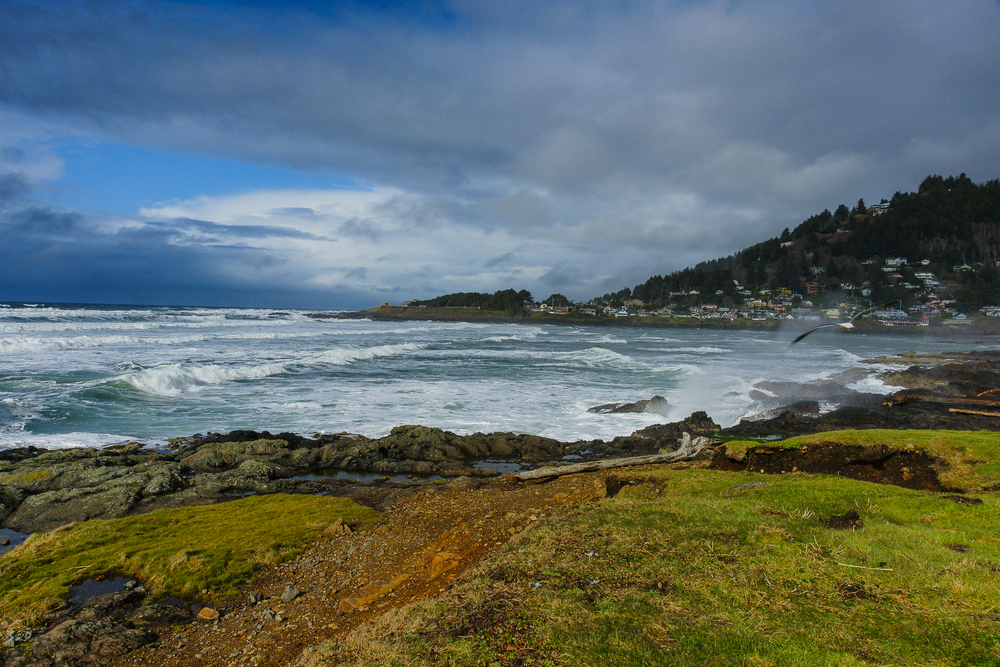
This small coastal town sits along a volcanic shoreline where hundreds of tide pools form perfect viewing windows into marine life. Local naturalists offer guided walks during minus tides, helping visitors spot giant green anemones and purple sea urchins in the crystal-clear pools.
The town’s Cape Perpetua Visitor Center provides tide tables and educational materials about tide pooling ethics and safety.
La Jolla, California
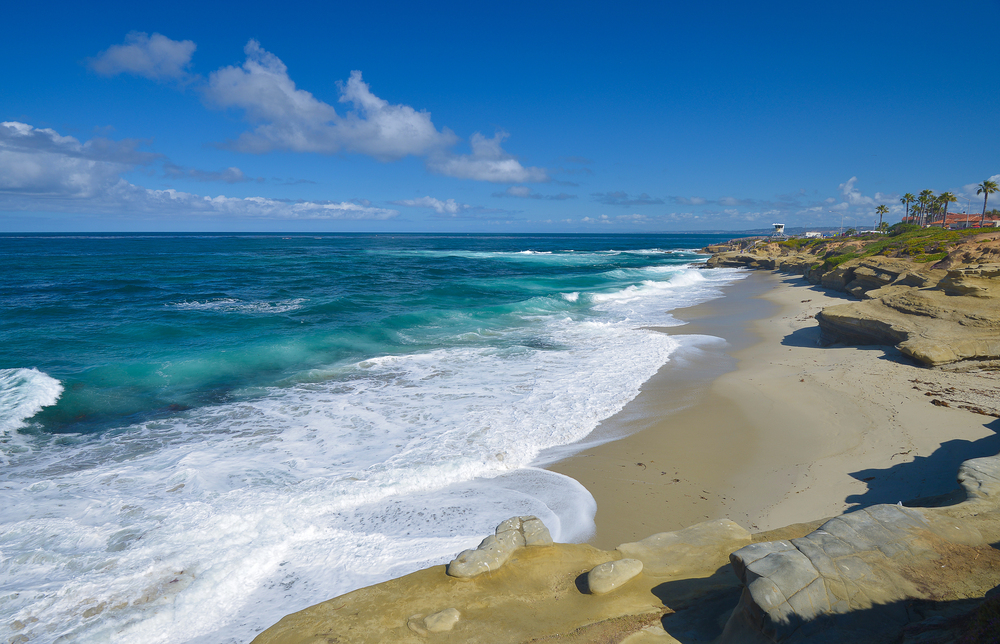
The rocky reefs at La Jolla Shores create an extensive network of pools where bright orange garibaldi fish dart between swaying seagrass. Local conservation groups lead educational programs teaching visitors about the delicate hermit crabs and sea hares that make their homes in these protected coves.
The Birch Aquarium offers tide pool excursions where marine biologists help you identify the countless species living in these urban oases.
Like Travel Pug’s content? Follow us on MSN.
Haystack Rock, Cannon Beach, Oregon
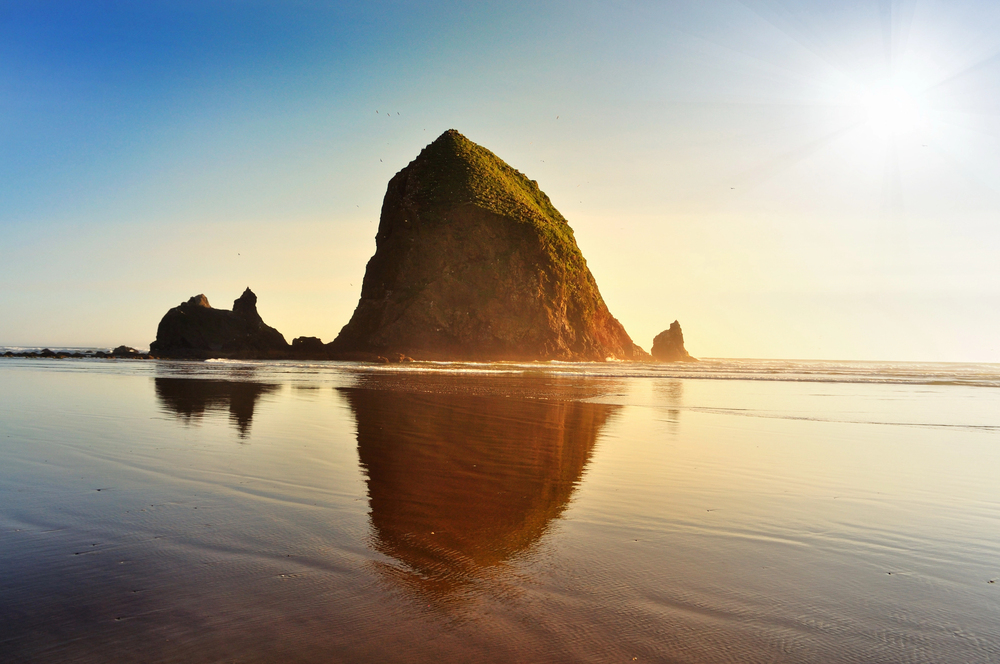
Rising 235 feet above the beach, Haystack Rock anchors one of the most accessible intertidal zones on the Pacific coast. The town’s Haystack Rock Awareness Program stations volunteer at the pools during low tide to help visitors spot colorful nudibranchs and mossy chitons.
Local guides know exactly which pools harbor the resident giant Pacific octopus that sometimes makes an appearance during morning low tides.
Point Lobos, Carmel, California
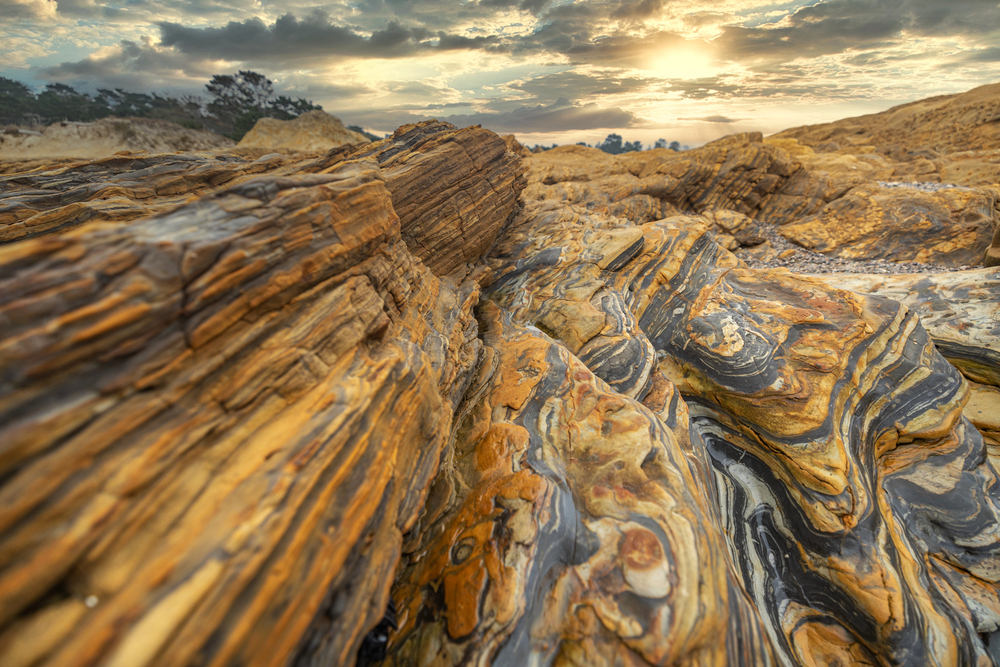
The granite headlands of Point Lobos create deep, clear pools where you can watch hermit crabs wage turf wars over prime real estate. State park docents lead interpretive walks explaining how different species arrange themselves in distinct zones within each pool.
The local marine reserve protects these pools, ensuring they remain pristine classrooms for learning about ocean ecology.
Four Mile Beach, Santa Cruz, California
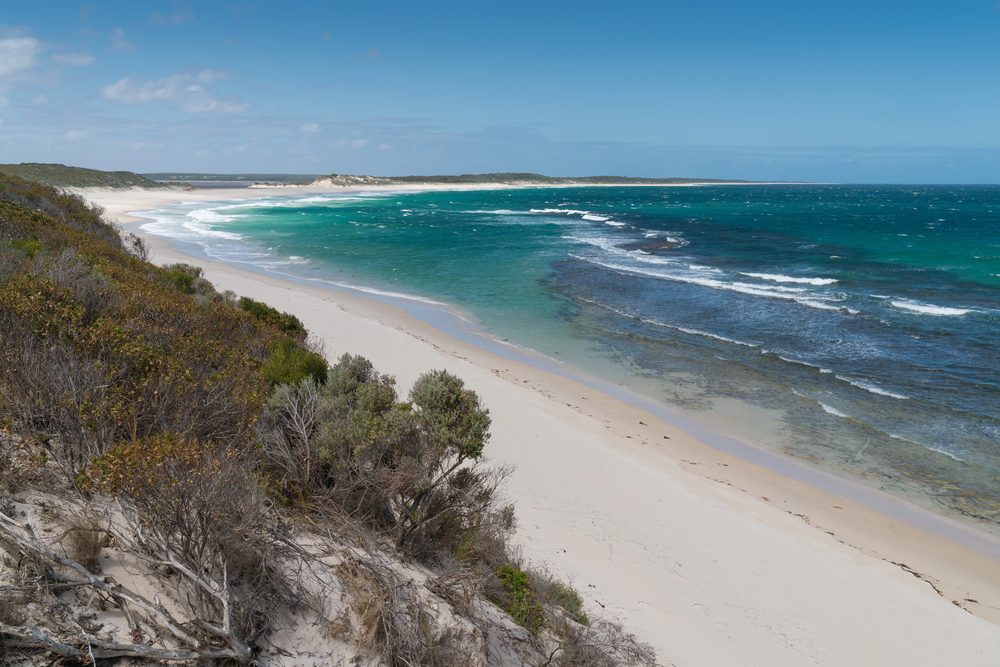
This hidden cove features pools carved into ancient mudstone, creating perfect habitats for decorator crabs and bat stars. Local marine biology students often conduct research here, happy to share their knowledge about the pools’ seasonal residents.
The town’s Seymour Marine Discovery Center provides tide pool touch tanks where you can safely handle some of the creatures you’ll see in the wild.
Like Travel Pug’s content? Follow us on MSN.
Salt Point State Park, Jenner, California
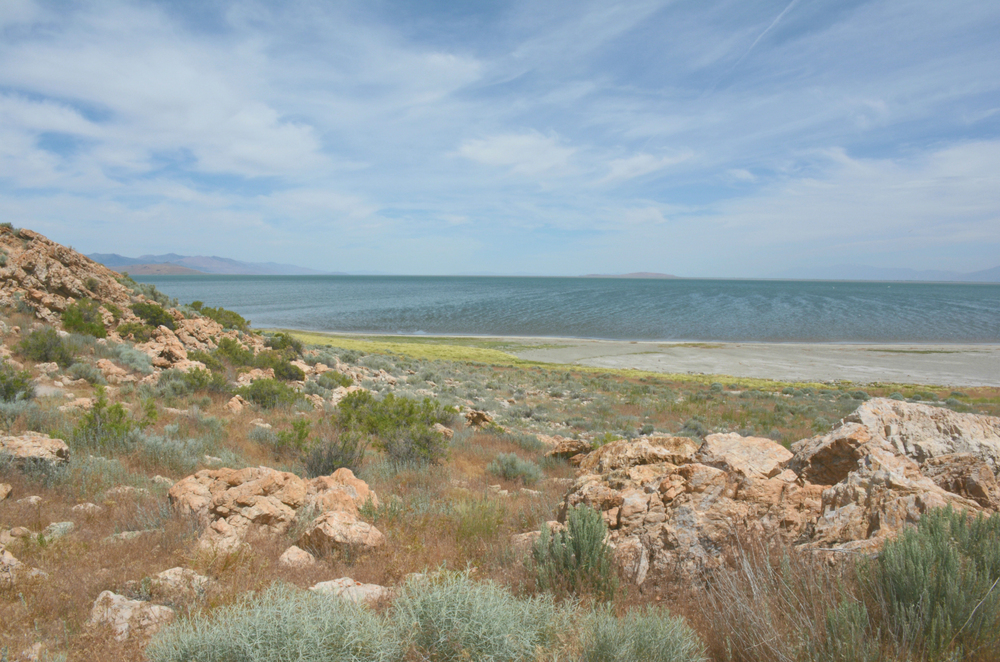
Sandstone formations along this rugged coastline create a maze of pools perfect for careful exploration during low tide. Rangers offer guided walks explaining how native Kashaya Pomo people historically harvested from these pools while maintaining their ecological balance.
The park’s visitor center displays identification guides for the countless species that call these pools home.
Crystal Cove State Park, Newport Beach, California
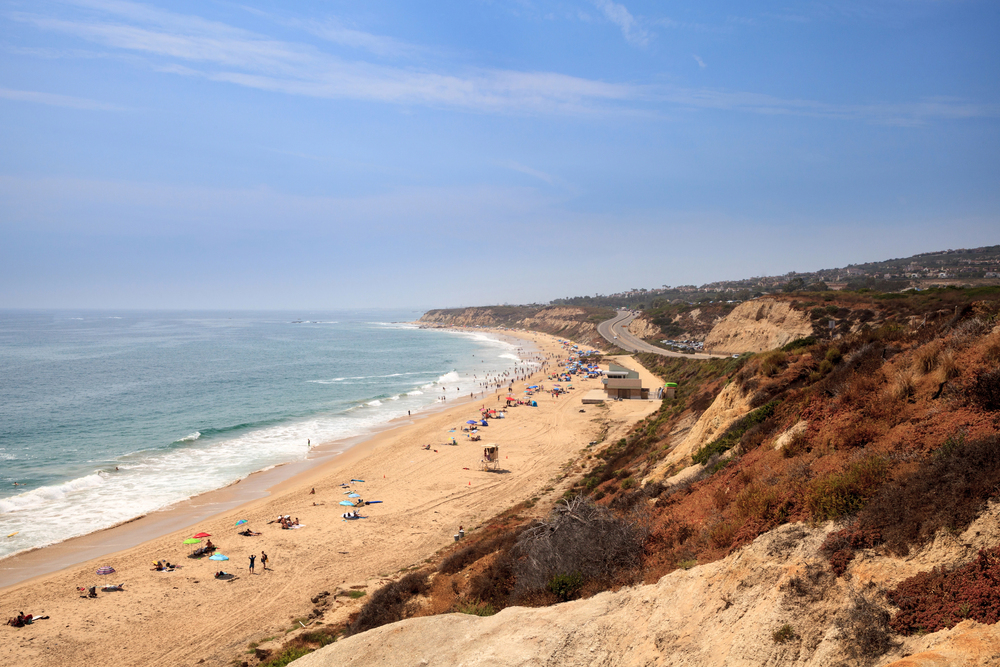
Protected coves here shelter extensive rocky reefs where ochre sea stars and purple sea urchins create living carpets. Local naturalists teach visitors about the pools’ incredible density of life, with up to one thousand organisms per square foot in some areas.
The historic district’s education center offers tide pool etiquette classes and guided exploration programs for school groups.
Punta del Este, Uruguay

The granite points stretching into the Atlantic create vast tide pool systems where South American fur seals often rest. Local guides share stories about the pools’ legendary status among marine biologists for their unique mix of warm and cold-water species.
The town’s marine museum helps visitors identify the subtropical species that make these pools their home.
Like Travel Pug’s content? Follow us on MSN.
Acadia National Park, Maine
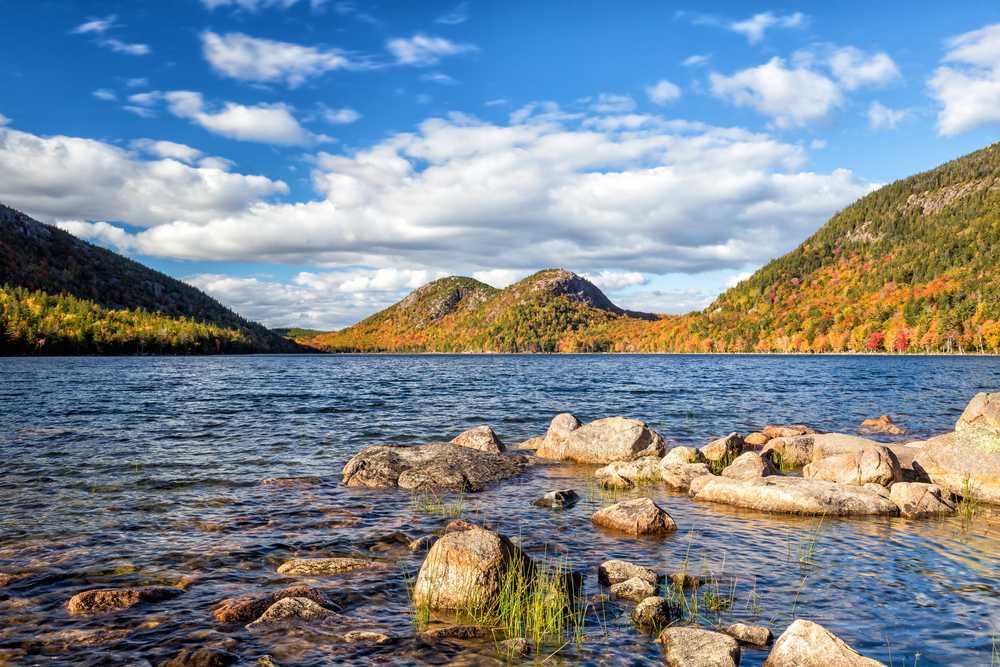
The park’s dramatic granite coastline creates deep pools where northern species like rock gunnel fish and Arctic barnacles thrive. Park rangers lead tide pool walks, explaining how these hardy creatures survive winter ice and summer heat.
The Schoodic Education and Research Center offers citizen science programs where visitors help monitor the pools’ health.
Botany Bay, Vancouver Island
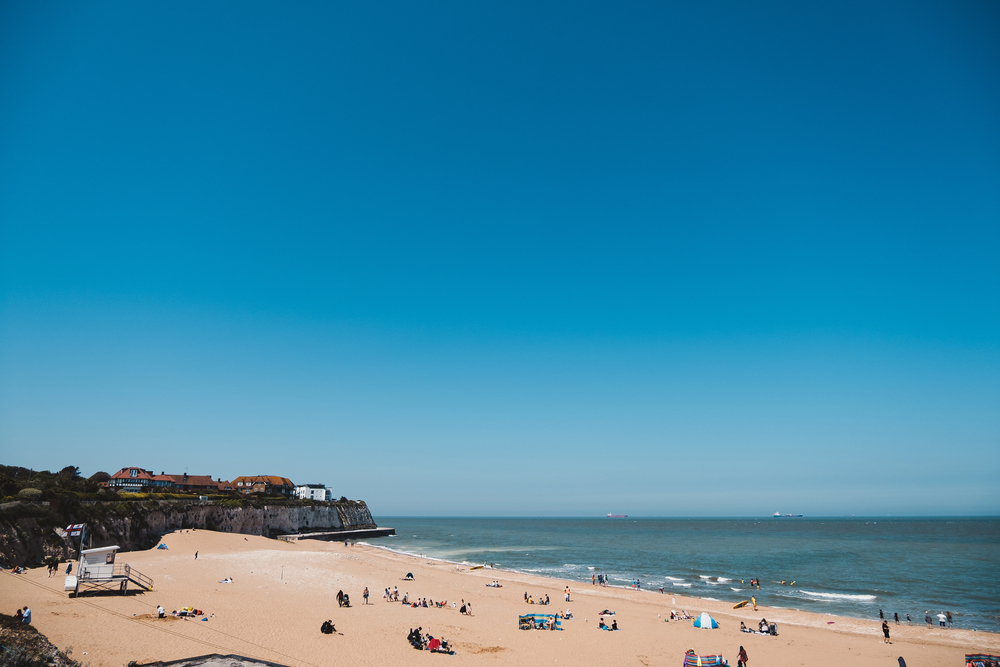
This remote bay’s limestone shelves create extensive pool systems where giant Pacific octopi sometimes hunt during high tide. Local First Nations guides share traditional ecological knowledge about the sustainable harvest from these rich marine gardens.
The town’s marine center provides tide charts and safety information for exploring these pristine but powerful coastal waters.
Kaikoura, New Zealand
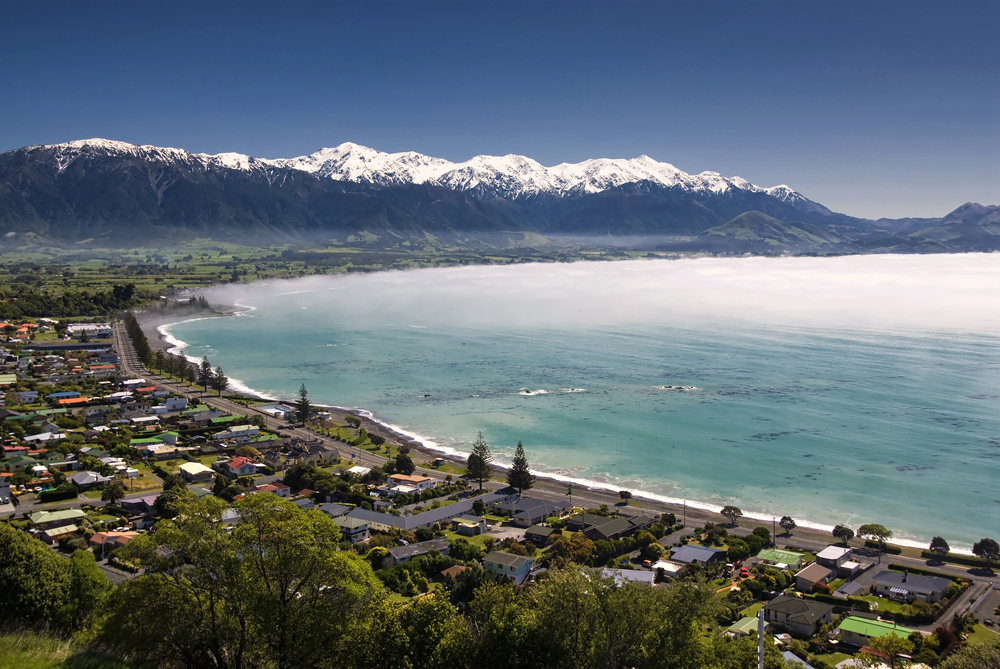
Earthquake uplift created new tide pool systems here where visitors can watch the process of ecological succession in action. Local Maori guides share cultural perspectives on the pools’ role in traditional food gathering and ocean stewardship.
The town’s marine education center explains how these pools serve as nurseries for many of the region’s unique species.
Bushrangers Bay, Australia
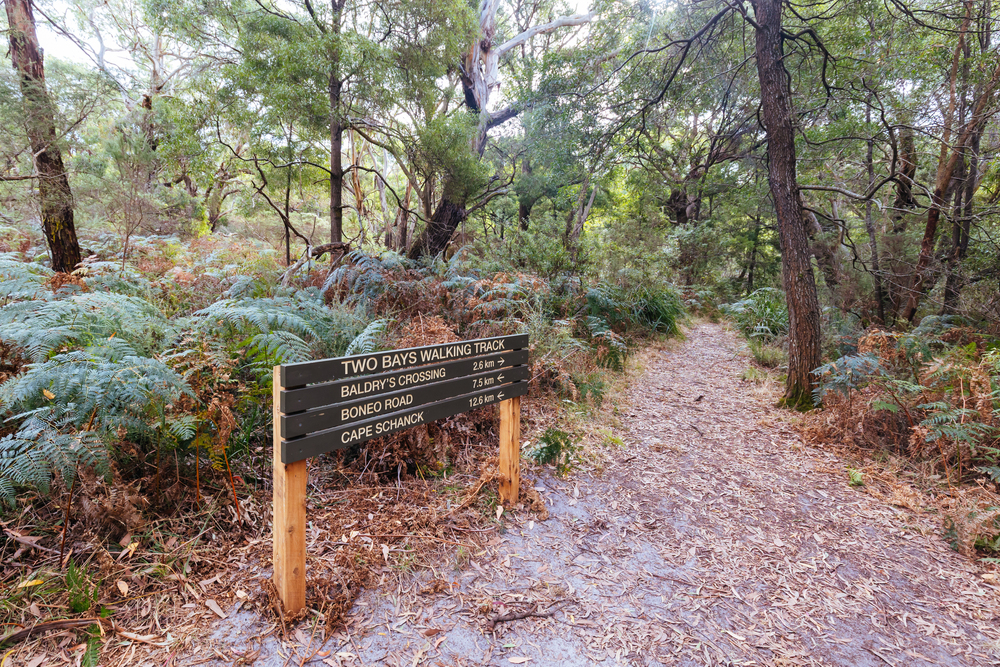
Volcanic formations create deep pools where subtropical species find refuge at the edge of their range. Marine park rangers offer interpretive programs explaining how changing ocean temperatures affect tide pool communities.
The local marine discovery center provides underwater viewers and identification guides for exploring these pristine pools.
Dalebrook, Cape Town, South Africa

False Bay’s granite outcrops shelter pools where two ocean currents mix, creating unique habitats for diverse marine life. Local marine biologists lead monthly surveys where visitors can help document the pools’ remarkable biodiversity.
The nearby aquarium offers tide pool biology classes where you can learn about the complex relationships between species in these microhabitats.
Wellfleet, Massachusetts
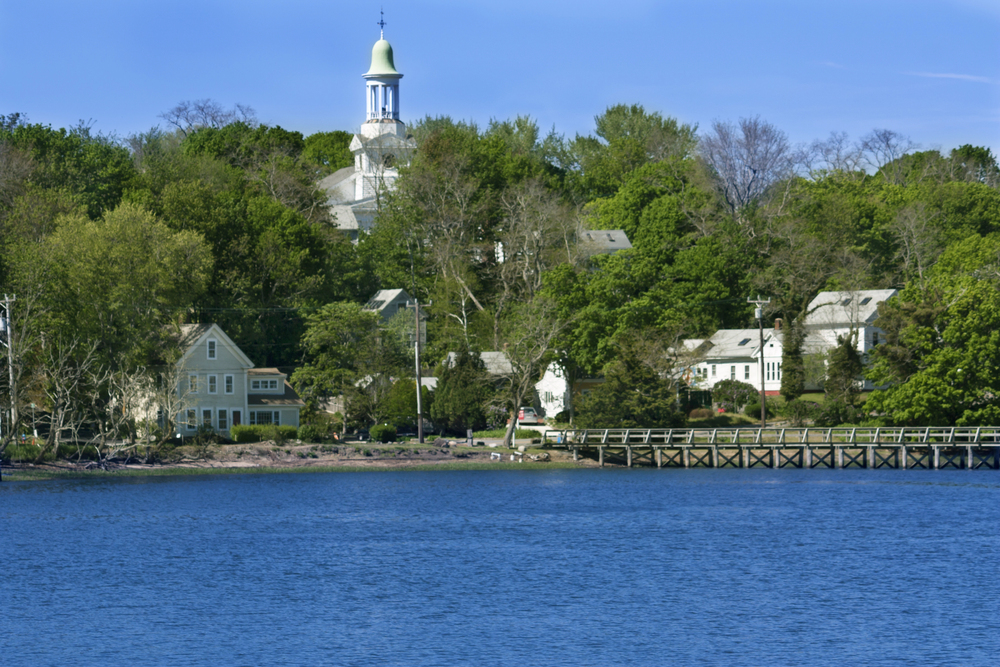
Cape Cod Bay’s extensive tidal flats create warm, shallow pools where juvenile fish and crustaceans find sanctuary. Local shellfish wardens share their knowledge about sustainable harvesting and conservation of these productive marine nurseries.
The town’s pier hosts a marine education program where children can learn about tide pool ecology through hands-on exploration.
Robin Hood’s Bay, England
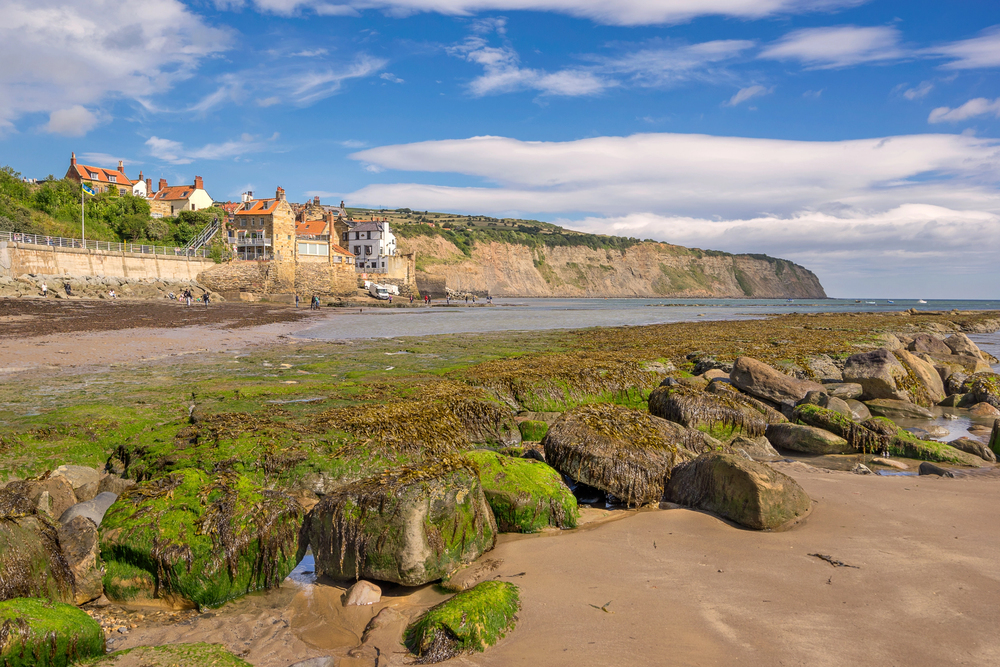
The Yorkshire coast’s Jurassic rock platforms create extensive pool systems where northern European species thrive in the cold North Sea waters. Local naturalists lead fossil walks that combine tide pool exploration with geology lessons about the area’s prehistoric past.
The village’s marine center provides Wellington boots and guidance for safely exploring these historic pools.
Asilomar State Beach, Pacific Grove, California
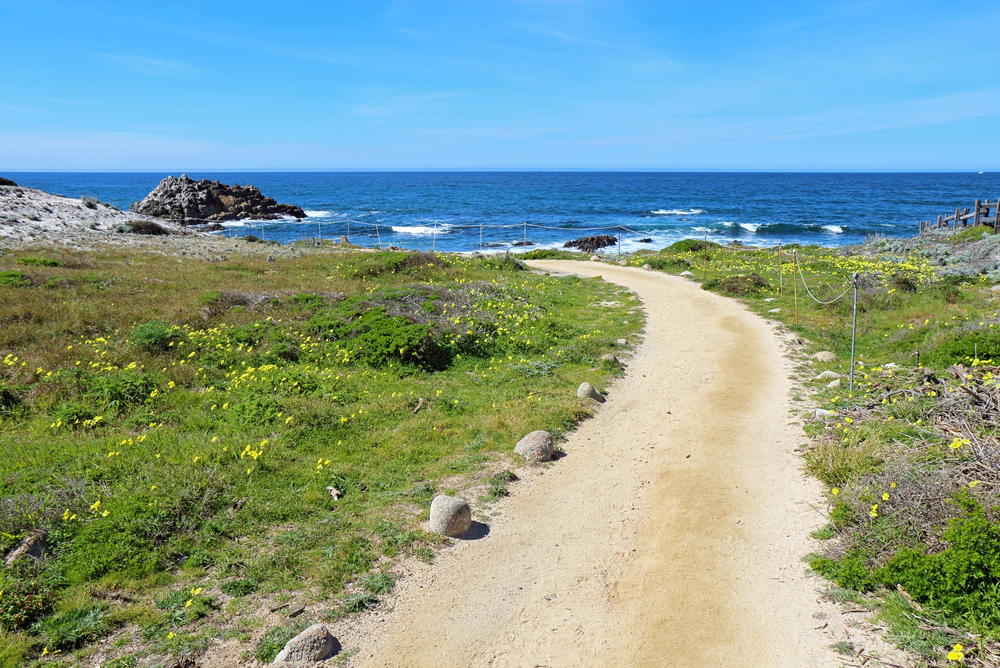
The rocky shoreline of this protected state beach features a remarkable network of granite tide pools teeming with vibrant purple urchins and bright green anemones. The local marine laboratory provides informative tide pool tours where researchers share insights about the complex relationships between resident species.
The beach’s accessible boardwalk system allows visitors of all mobility levels to observe these living laboratories while protecting the delicate ecosystem.
Coastal Communities in Harmony with Nature
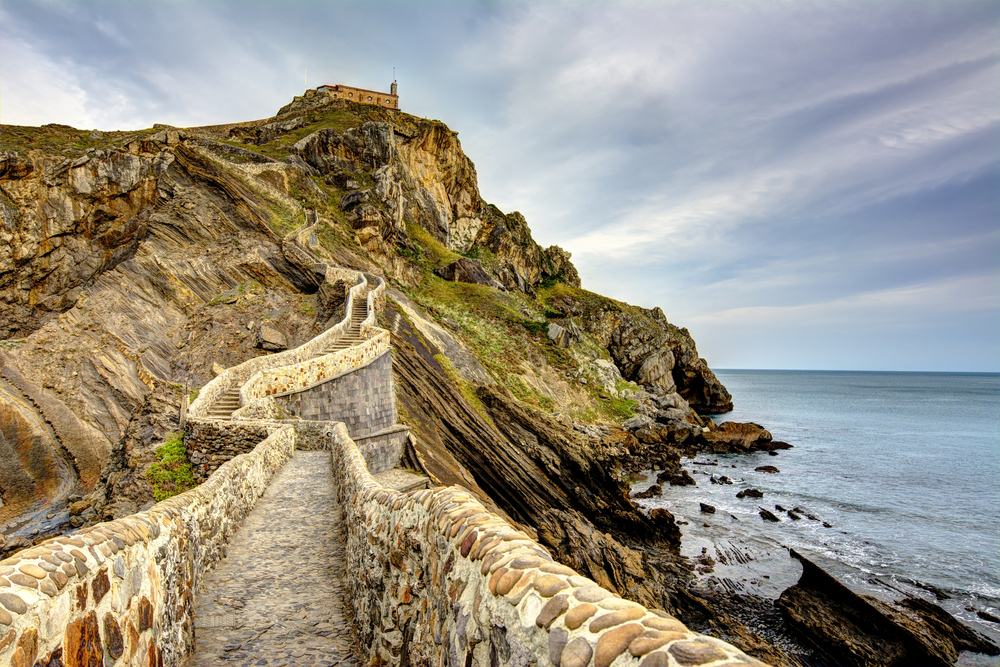
These sixteen coastal communities offer more than just beautiful tide pools – they provide gateways to understanding the complex relationships between land and sea.
Each location demonstrates unique approaches to conservation and education, ensuring these natural treasures remain accessible for future generations to explore.
More from Travel Pug

- 15 Dangerous European Cities to Avoid
- 15 Caribbean Islands Where Tourists Keep Getting Scammed
- The 20 Most Fascinating Abandoned Places: A Journey Through Time and Forgotten Spaces
- 15 Hidden Places in the Smithsonian Museums Locals Love: A Guide to Lesser-Known Treasures
- 16 Hidden Florida Beach Towns That Aren’t Overrun with Tourists
Like Travel Pug’s content? Follow us on MSN.
